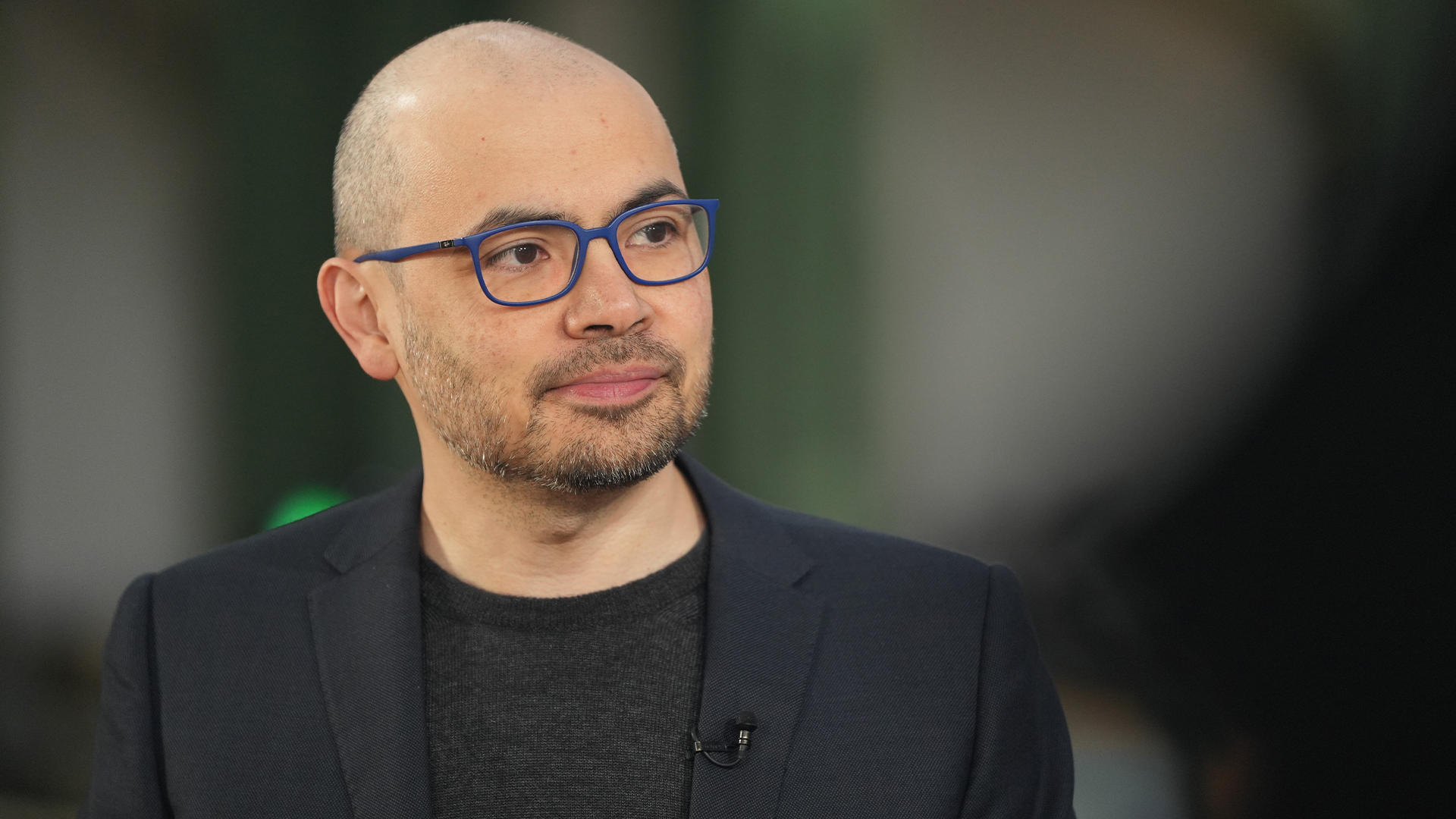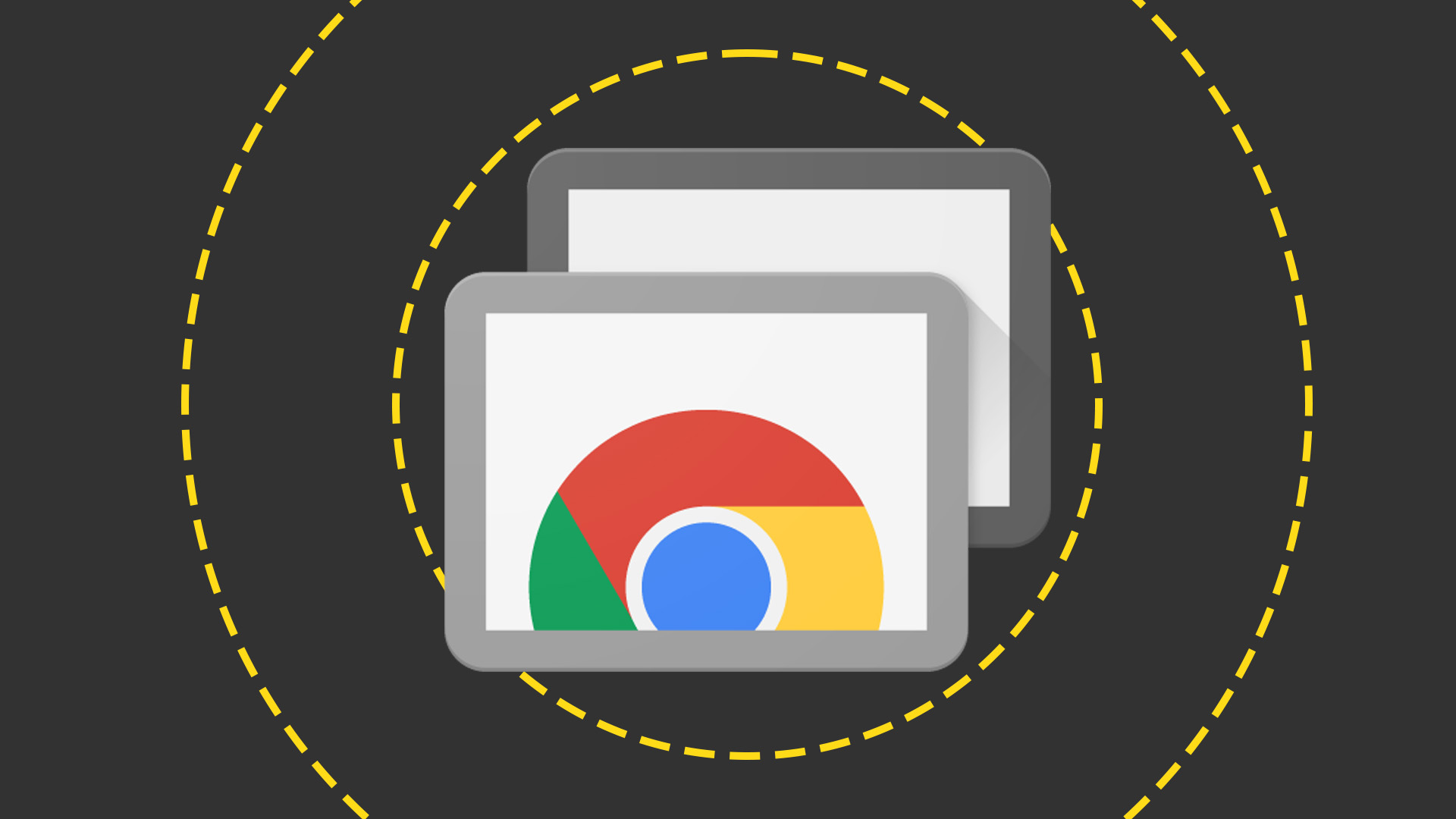Motorola Atrix review
The Motorola Atrix, the company's latest Android smartphone, can also be used as a laptop. Unfortunately, it is more a Frankenstein's monster than the best of both worlds as we find out in our review.
The Motorola Atrix is a decent smartphone, but with the exception of the fingerprint reader there's little to recommend it over our favourite dual-core Android phone, Samsung's Galaxy S2. We liked the idea of the Lapdock, if only because it could reduce the number of computers IT departments would have to manage, but it's implemented so badly that we can't possibly recommend it to anyone in its current state. You'd be much better off buying a netbook to accompany the Atrix or indeed any other smartphone.
Smile and say cheese
16GB of storage is built in, but only 11GB is actually available for storing apps and your own files. More storage can always be added using microSD cards. The card slot is located in the battery compartment, which thankfully isn't too difficult to access.
The presence of internal storage means you don't need to rush out and buy a microSD card if you simply want to take some snaps, unlike other less well-equipped Android phones. The five-megapixel camera produces reasonably sharp and detailed shots, although, as expected, it struggled under dark lighting conditions producing very grainy shots, but at least they weren't too blurry.
Viewing photos, documents and other content is a pleasure thanks to the high resolution screen. At 960x540 pixels it's the highest resolution Android smartphone screen yet. Even though it's a few pixels short of the iPhone 4's 960x640 Retina display, it actually displays more of a web page at once than the iPhone. The Retina display does show sharper, clearer text and images although it's not noticeable unless you're comparing them side-by-side as we did.
Motorola has yet to confirm when Android 2.3 will be making its way to the Atrix, but we hope it arrives soon.
Softly does it
Motorola has yet to confirm when Android 2.3 will be making its way to the Atrix, but we hope it arrives soon. The dual-core Nvidia Tegra 2 processor and 1GB of RAM should mean that the Atrix runs very smoothly and for the most part it does. The sense of inertia when scrolling, zooming in and out or panning around web pages and images feels off though, especially when compared to the iPhone 4 and the Samsung Galaxy S2. Sadly there aren't many apps that take advantage of the dual-core processor at the moment, but we suspect that will change as more dual-core phones arrive.
Sign up today and you will receive a free copy of our Future Focus 2025 report - the leading guidance on AI, cybersecurity and other IT challenges as per 700+ senior executives
-
 Google DeepMind CEO Demis Hassabis thinks this one area of the tech industry is probably in an AI bubble
Google DeepMind CEO Demis Hassabis thinks this one area of the tech industry is probably in an AI bubbleNews AI startups raising huge rounds fresh out the traps are a cause for concern, according to Hassabis
By Ross Kelly Published
-
 Everything you need to know about Google and Apple’s emergency zero-day patches
Everything you need to know about Google and Apple’s emergency zero-day patchesNews A serious zero-day bug was spotted in Chrome systems that impacts Apple users too, forcing both companies to issue emergency patches
By Nicole Kobie Published
-
 Ronald Richardson to lead Leaseweb’s global commercial strategy
Ronald Richardson to lead Leaseweb’s global commercial strategyNews The experienced executive has been named Leaseweb’s new CRO as the IaaS provider embarks on the next phase of its growth journey
By Daniel Todd Published